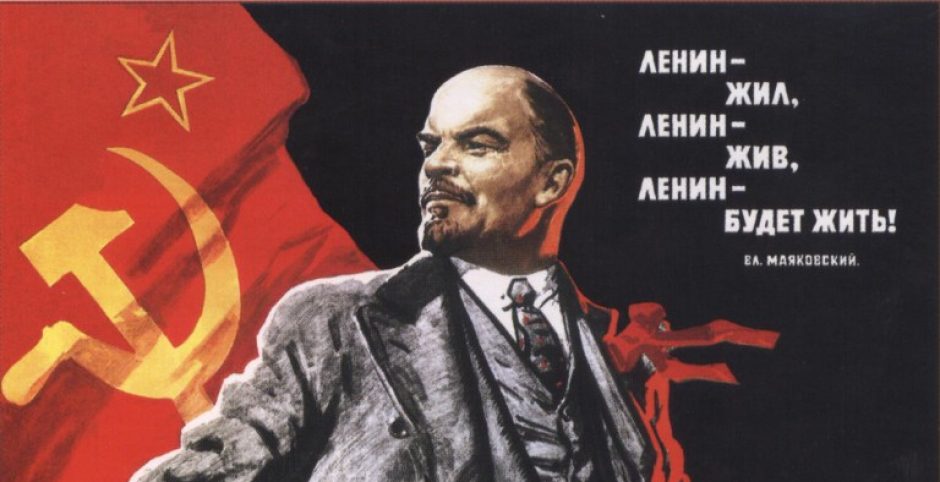Soviet Realism appears to be the derived product of the “proletarian art” previously described by Boris Arvatov. (Arvatov, 238) Focusing on industry, production, and the lives of everyday workers, Soviet Realism sought to root itself entirely in the life of the proletariat. While many have criticized it for being forced and artificial, the authors of Soviet Realism sought to present it as a purely organic development, rooted in a rich history. Portraying cultural movements as naturally developed has so far seemed incredibly important in making them appear legitimate.
The perspective of Soviet Realism appears to draw immensely from the concept of Zhiznetvorchestvo, in the way that it is described as simultaneously expressing and shaping reality. The speeches of Maksim Gorky and Andrei Zhdanov reflect this idea, and place an immense responsibility on writers. Gorky explains that writers are given “the right to participate directly in the construction of a new life, in the process of ‘changing the world.’ The possession of this right should impress every writer with a sense of his duty and responsibility for all literature.” (Gorky, Web) Similarly, Andrei Zhdanov says, “Comrade Stalin has called our writers engineers of human souls. What does this mean? What duties does the title confer upon you? In the first place, it means knowing life so as to be able to depict it truthfully in works of art…the truthfulness and historical concreteness of the artistic portrayal should be combined with the ideological remolding and education of the toiling people in the spirit of socialism.” (Zhdanov, Web) Both of these quotes display the belief that one must simultaneously portray life as it really is, and shape real life into what it should be.
Katerina Clark highlights this dichotomy as “modal schizophrenia, its proclivity for making sudden, unmotivated transitions from realistic discourse to the mythic or utopian.” (Clark, 37) While Clark presents the argument that Soviet Realism was forced, and therefore disjointed and unnatural, she argues that the adoption of Soviet Realism was not an entirely inorganic process. (Clark, 251) While it arguably flourished through massive propaganda and censorship, it in many ways successfully shaped the reality that it was seeking to express, leading to a symbiotic relationship between “what was” and “what should be,” and blurring the lines between both.
Many of our readings have addressed the topic of “organic” versus “inorganic” cultural development, and it seems to be an important topic in whether or not a movement could be considered legitimate. My question is: if those in power successfully shape reality by portraying an idealized image of it, can this cycle of simultaneous creation and expression be defended as organic development? Does a movement need to develop organically in order to be legitimate? Was Soviet Realism an accurate rendering of the proletarian art envisioned by Arvatov?
